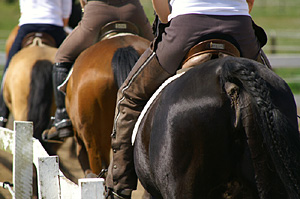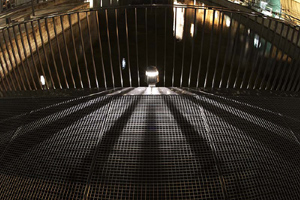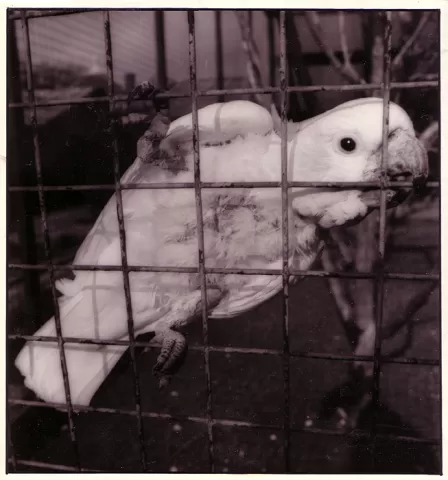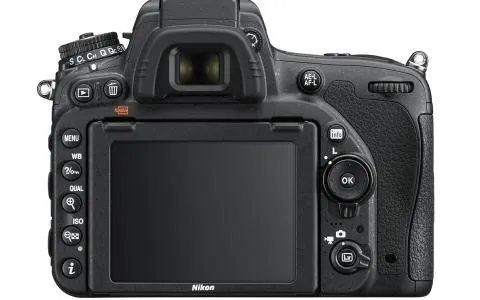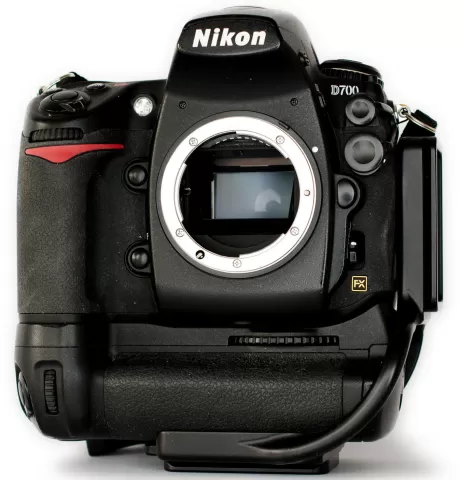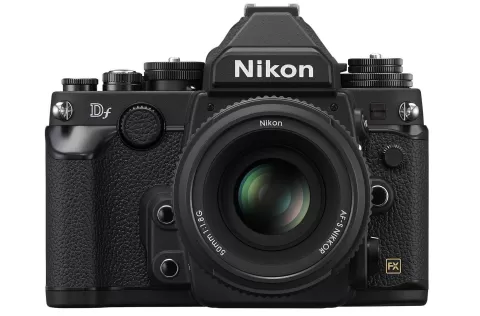Why Minolta selling to Sony was the last nail in the coffin for my Minolta era
I have used Minolta all my life, or at least all of my life as a photographer. Coincidence would that I started out with Minolta, and I stuck with it. I kept on using Minolta even as things got more serious and I started taking pictures professionally -- that is: sell pictures, not live off photography.
I know that many other photographers think that I should have switched to Nikon or Canon a long time ago. I never really thought about that. Mostly because my investment in Minolta was quite substantial and once you have lenses, flashes and accessories in adequate numbers, buying these items in another brand is going to set you back. So you stick with your brand. That's what I did. I stuck with Minolta.
And I was very happy with my choice. I have always found Minolta to be a great company, and I have liked them for being on the edge when bringing new stuff to the market. Most of the cameras I have bought over the years have had some kind of innovative element be it TTL metering, exchangeable viewfinders, integral body autofocus, antishake or what have you.
Support and lack of same
But while Minolta has been on the forefront of camera development, third party manufacturers have not been quite the same. In the beginning there were plenty lenses and it seemed to be normal for the lens and accessory manufacturers to make their stuff available to most brands, which was not only Nikon, Canon and Minolta, but often also Pentax and Olympus. Back then there were also many, many more brands on the market. Remember Contax? Konica? Ricoh? Zenith?
The fact was that the market was much more diverse and if you wanted to supply the photo community with gear, you had to spread your investment.
But as the number of brands narrowed down, costing the lives of the large majority of SLR's, the number of particularly lenses available for the lesser brands was also severely reduced.
Minolta has for a long time been the third largest SLR-brand out there, and still is, but the availability of lenses and other third party products has been diminishing steadily the last few years, and I have been more and more annoyed by the lack of support for Minolta.
Other things have annoyed me too: the lack of HSM-technology in third-party lenses for Minolta, missing raw file (MWF) support in many applications and the constant rumors about the company being on the verge of a demise, and Minoltas own silence in this respect.
The result
The end result of my growing frustration has been a growing urge to go Nikon or Canon in stead of Minolta. This has been very present in my mind the last year or so, and while I have been very fond of my 7D and taken in excess of 15,000 images during the last year and a half with it, I seriously began thinking about a brand change half a year ago or so.
Canon or Nikon?
Changing brand only offered two alternatives in my eyes: Canon or Nikon.
The natural choice would have been Canon if you look at statistics, but I opted for Nikon for reasons that I will explain in a moment. Canon is by far the largest manufacturer of DSLR's and the most widespread of the two. They virtually sit on the pro market and probably make some exellent cameras backed by some good service.
But I never really got to terms with Canon. And I have been really confused by their lineup of cameras: 6/12/16 megapixels, full-frame/APS, 1, 1.3, 1.5 crop factor and pro and amateur gear mixed in a mess that I could not see through. But no doubt that there is a system, and that Canonians understand it and love it.
I never handled a Canon DSLR long enough to really speak with weight on this matter, the reason for this being that most of my friends and colleagues who take pictures use Nikon. But the few times I did fondle Canon SLR-cameras never really left an impression. My encounters with Nikon did.
So Nikon it was
So I decided on changing to Nikon.
As you might imagine, such a change is a mental one as well as a practical one.
Mentally I am still a Minolta-man and look at Minolta-stuff in the windows, on the web and elsewhere.
But when I shoot I have become a Nikon-man. My D200 does a very good job, and I have had very little problems getting used to it. I also like the quality of the images and the lenses I have tried until now -- a Nikkor 18-70 and a Tokina 12-24, both borrowed -- have been great. But I have my eyes fixed on a Sigma 10-20 and a Nikkor 18-200 VR as my own stock lenses. None of them are easy to get at here in Denmark, and as I write this (mid-July 2006), there is a 6 months (six!) backlog on the 18-200. And my mentality is changing. I'm slowly turning my head towards Nikon stuff on the shelves and on the web, and discovering a whole new and very well-stocked world.
But I will have to be a patient man, and one of the reasons that I chose Nikon -- lens accessibility amongst friends and colleagues -- has stepped into action.
